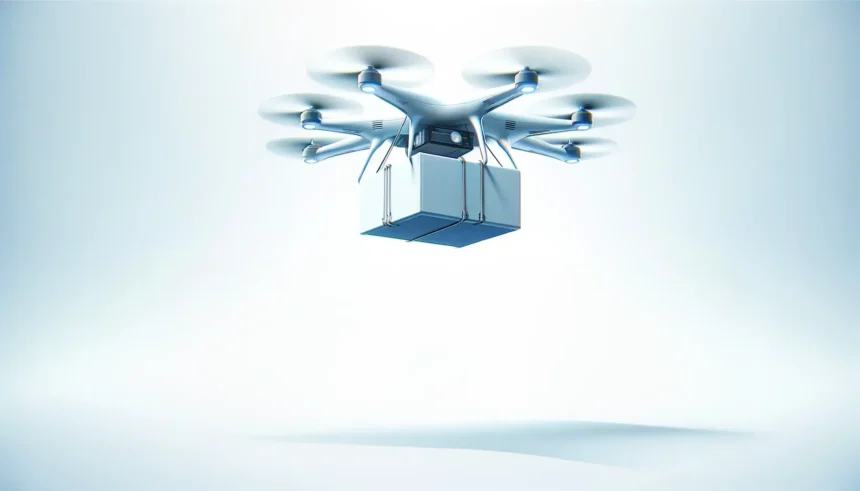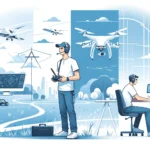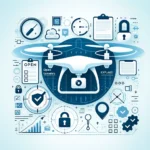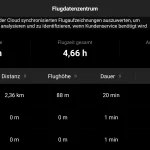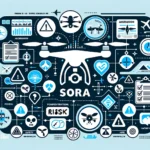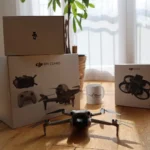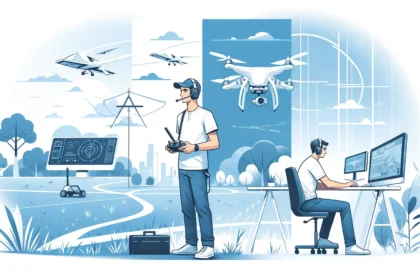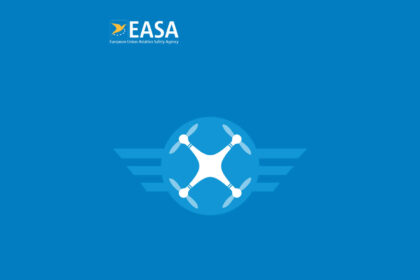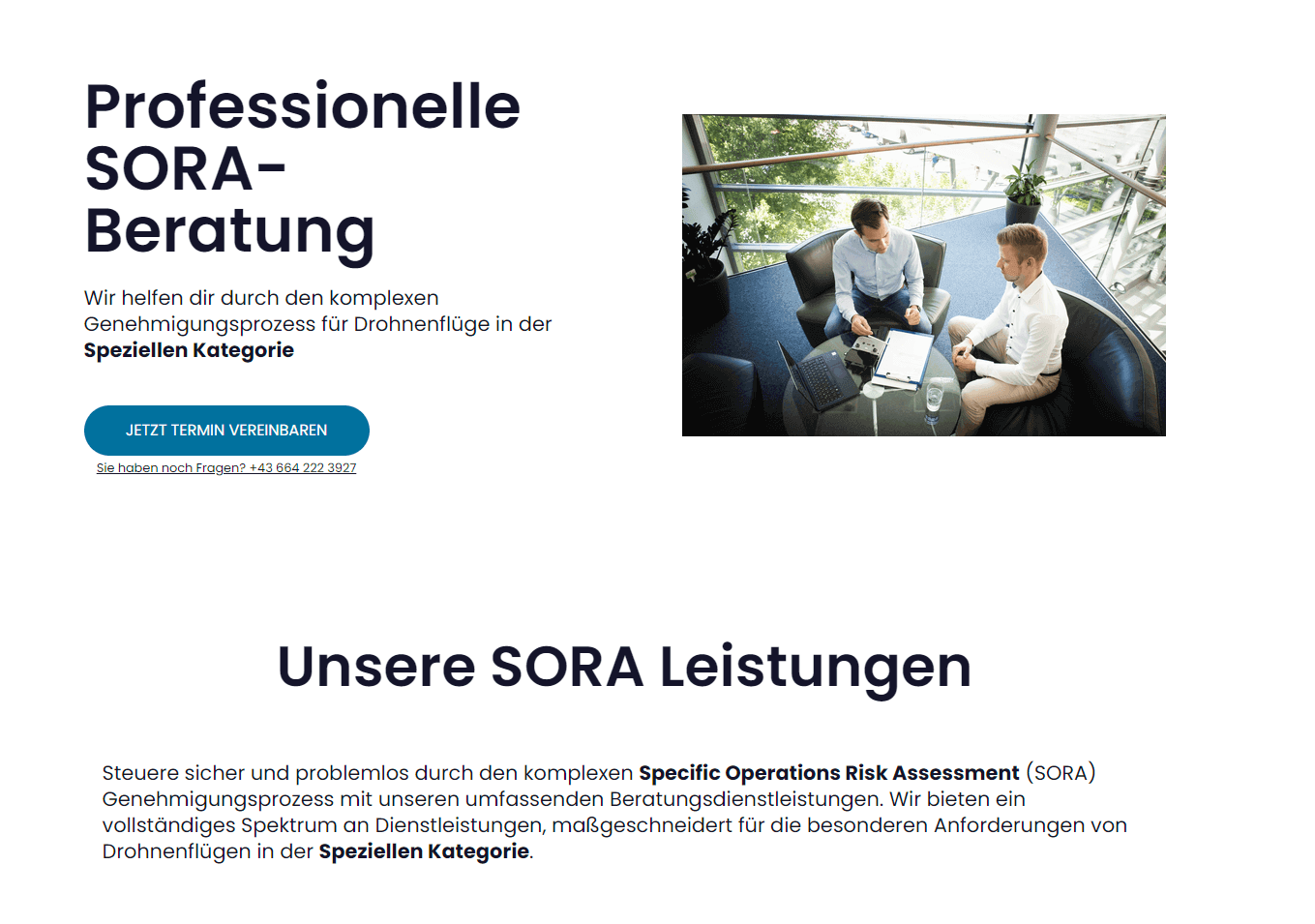Is it permitted to transport objects and goods with drones? What do I need to bear in mind? We provide you with the right answers to these questions.
Drones are suitable for a wide range of tasks that can be performed with commercially available drones from well-known manufacturers. For most tasks, the payload of the drone often only consists of sensors that are permanently installed or interchangeable.
The payload can then usually only be mounted and connected to the adapters provided for this purpose. However, there are also drones that can transport goods in addition to or instead of sensors. The use of drones as a means of transport for objects, parcels, blood reserves, seedlings and even defibrillators can represent an enormous time and cost advantage (and also a sustainability aspect compared to helicopters), and not only in rough terrain.
Overview per category
| Open | Specific | |
|---|---|---|
| Transport of objects permitted | ✅ | ✅ |
| Transport of dangerous goods permitted | ❌ | ✅ |
| Dropping of objects permitted | ❌ | ✅ |
Can I simply transport objects with my drone?
The answer is a clear “no”, because there are a few things to bear in mind.
Of course, it basically depends on what is to be transported and in which drone category the flight is to take place. Naturally, the Specific category offers the greatest scope for transporting goods, as an operating licence and therefore a risk analysis (SORA) is required here anyway.
The Open category also allows goods to be transported
The drone and its payload must not exceed the MTOM specified by the manufacturer or the MTOM of the corresponding class(UAS.OPEN.060(1)(e)).
In addition, you must ensure that the drone is airworthy, that you follow the manufacturer’s instructions and that the drone is flown within the operating limits (AMC1 to UAS.OPEN.060(1)(d)). This is often the problem because manufacturers do not explicitly mention the transport of objects in the operating manual and the drones are not designed or certified for this. As a result, many exclude this possibility from the outset.
If a drone flight is not possible under the conditions mentioned, you slip from the Open to the Specific category.
📝 Are you interested in an operating licence?
As experts in the field of drone regulations, we offer you customised advice on all aspects of SORA. We will help you through the complex authorisation process for drone flights in the Special Category. Feel free to contact us for a non-binding initial SORA consultation.
If you are travelling with a home-made drone, it is important to follow best practice in this regard.
Regardless of whether it is a home-made or commercially available drone:
You must ensure that the payload you are carrying is properly attached and secured and that the drone’s mass and centre of gravity limits are adhered to.
Dangerous goods may not be transported in the Open category, but the Specific category offers this option.
What are dangerous goods?
“dangerous goods” means articles or substances, which are capable of posing a hazard to health, safety, property or the environment in the case of an incident or accident, that the unmanned aircraft is carrying as its payload, including in particular:
(a) explosives (mass explosion hazard, blast projection hazard, minor blast hazard, major fire hazard, blasting agents, extremely insensitive explosives);
(b) gases (flammable gas, non-flammable gas, poisonous gas, oxygen, inhalation hazard);
(c) flammable liquids (flammable liquids; combustible, fuel oil, gasoline);
(d) flammable solids (flammable solids, spontaneously combustible solids, dangerous when wet);
(e) oxidising agents and organic peroxides;
(f) toxic and infectious substances (poison, biohazard);
(g) radioactive substances;
(h) corrosive substances;
Article 2 No. 11, Commission Implementing Regulation (EU) 2019/947Among other things, special containers must be used in order to carry out the flight. There are also other laws to be observed.
Dropping objects
No matter what it is, no matter what weight: objects and items may not be dropped in the Open category.
It is generally possible in the Specific category, but requires explicit consideration during pilot training (topics such as drone behaviour when dropping objects, shifting the centre of gravity, effect on drone performance). The required SORA in the specific category comprehensively addresses the risk of the mission, whereby the drop and the associated risks and precautions must be taken into account. In addition, further authorisations may be required from other authorities.
This means you are now fully aware of what you are allowed to transport with your drone and what you should refrain from doing in order to be able to fly legally. I am curious to know what the manufacturers of your drones allow and whether you have ever transported things. So I look forward to your comments!


